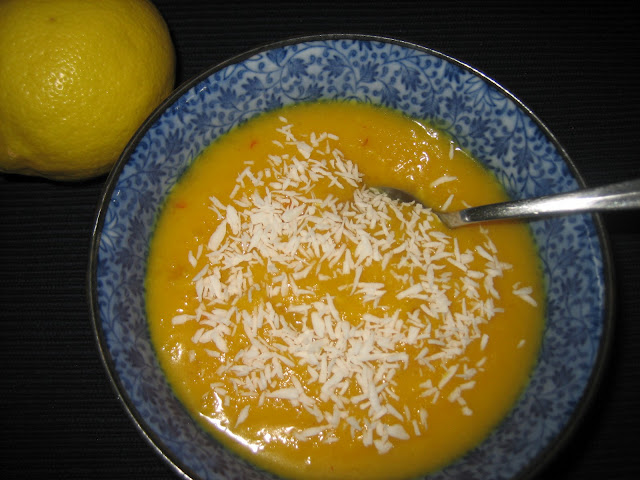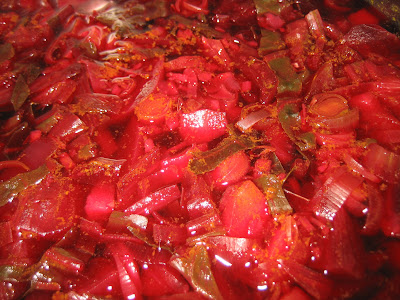When I was diagnosed with my first tumor in 1998, I knew virtually nothing about the pancreas or the various types of pancreatic tumors. I only knew that somehow a 14 cm tumor had grown on the tail of my pancreas and that it seriously threatened my life.
Since that time, I have tried to learn all that I can about my particular type of cancer, which is a pancreatic neuroendocrine tumor (PNET). Pancreatic neuroendocrine tumors (PNETs) are diagnosed in only 0.3 - 0.4 out of every 100,000 people each year ( Yao et al, 2008). Steve Jobs, founder of Apple, had a pancreatic neuroendocrine tumor and died from it recently.
A resource that I discovered in October, 2011 that has been enormously helpful in my quest for current information about pancreatic neuroendocrine tumors is the Caring for Carcinoid Foundation. This organization is the only foundation dedicated to raising research funds for neuroendocrine tumors and providing information to individuals diagnosed with this rare disease.
You might be wondering what the term "carcinoid" means and how it relates to my type of tumor. A neuroendocrine tumor can develop anywhere in the body that there are neuroendocrine cells. See the Caring for Carcinoid Foundation website for more information about these types of cells if you are interested. But in the simplest terms, neuroendocrine cells are the connectors between the endocrine system and the nervous system. The most common places for neuroendocrine tumors to begin are in the lungs, appendix, small intestine, and pancreas. Neuroendocrine tumors that start in the pancreas are classified as pancreatic neuroendocrine tumors (PNETs) or islet cell tumors. When neuroendocrine tumors start in other places in the body, they are usually classified as carcinoid tumors. PNETs and carcinoid tumors are both typically slow-growing tumors and both have the capability to secrete hormones.
The only similarity between pancreatic neuroendocrine tumors (PNETs) and typical pancreatic cancer (which is called pancreatic exocrine cancer) is that they both start in the pancreas. But the diagnosis, treatments and outcomes are vastly different.
The Caring for Carcinoid Foundation has been an immensely helpful resource for me to stay current about treatments and research for this extremely rare disorder. I encourage you to visit their website to find out more about this type of cancer and how you might help in raising funds for research. It is a unique organization because it directs 100% of all individual donations to breakthrough research. It also provides hope and encouragement for anyone diagnosed with pancreatic neuroendocrine cancer. The logo for their organization is a sunflower, bursting with hope and beauty.
























